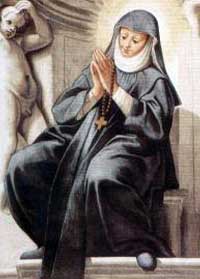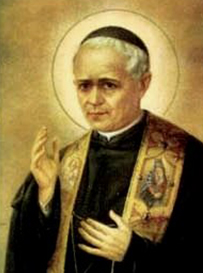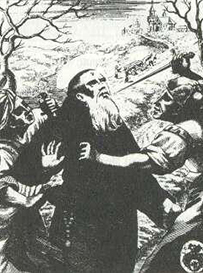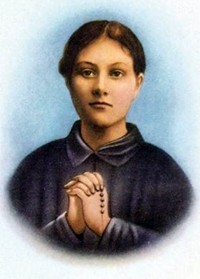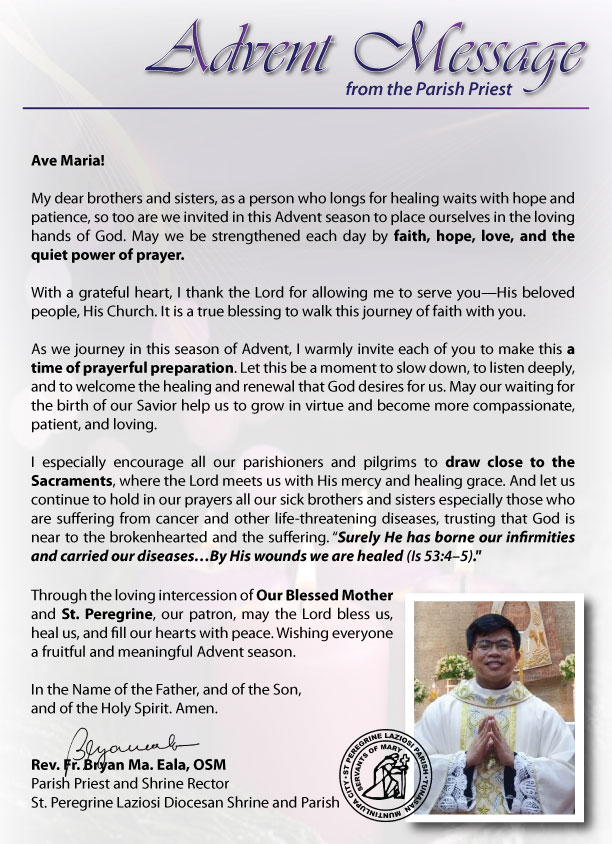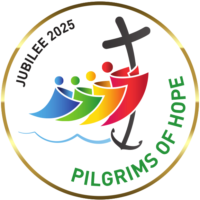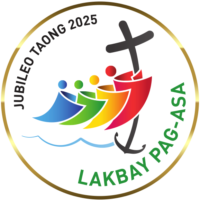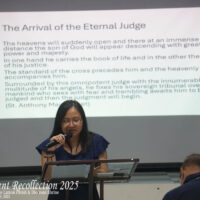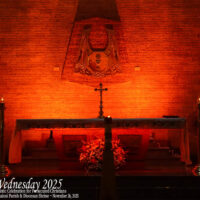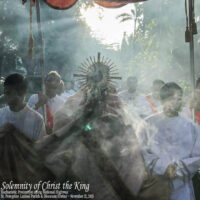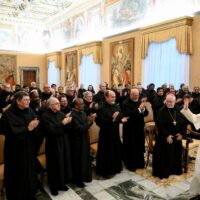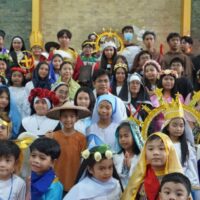 John Angelo Porro was born in the Duchy of Milan in the year 1451. After her had received the habit in the Order of Servants of Mary, he lived for a time in the priory of St Mary, Milan, and later was sent to the priory in Florence.
John Angelo Porro was born in the Duchy of Milan in the year 1451. After her had received the habit in the Order of Servants of Mary, he lived for a time in the priory of St Mary, Milan, and later was sent to the priory in Florence.
Later still, he withdrew to Monte Senario so that he might give his whole life to penance and contemplation.
After living at Monte Senario for almost twenty years he returned to Milan where he engaged in the careful preparation of young children in Christian doctrine.
He died in 1505. Pope Clement XII entered the name of John Angelo in the catalog of the blessed in 1737.
The model of a life rooted in the contemplation and knowledge of God
John Angelo was born in 1451 in the Duchy of Milan of Protasio Porro and Franceschina de Guanzate, good Christians from Barlassina near Seveso.
In 1468 he received the habit of the Servants and lived for five years in the Priory of Saint Mary in Milan. According to some of the Order’ s writers, he then retired to the solitude of Cavacurta on the / right bank of the River Adda to lead a life of contemplation and penance.
In 1474 John Angelo was sent to the Annunziata in Florence where he was noted for his regular observance. During this period he completed his studies and was ordained to the priesthood. He continued to consider the possibility of a hermit’s life and eventually went to Monte Senario which had been restored at the beginning of the fifteenth century by a group of friars who had desired the solitary life.
Blessed John Angelo’s stay on Monte Senario was of such particular importance in his life and spiritual development, he even came to be known as “John of the Mountain.” Whenever he had to leave Senario for reasons of health or obedience he would always return to its solitude with great personal joy.
In 1484 Antonio Alabanti, the prior of the Annunziata, called John Angelo to Florence to instruct the novices for whom he seems to have written some “useful instructions.”
Three years later, Alabanti, who was now prior general, named John Angelo rector of the hermitage of Monte Senario, a position which he filled with responsibility, competence and holy wisdom. The prior general greatly esteemed his prudence and religious spirit and often sought his help in directing the hermitage in Chianti as well.
After Alabanti’s death, John Angelo returned to Milan about 1495 and it seems that he was elected prior. Even in the center of that famous city he managed to preserve something of the solitary life which he so loved. His biographer Fra Filippo Ferrari tells us that “he lived in a room a little removed from the others.” It was during this period that another important aspect of John Angelo’s apostolate developed: the education of children in Christian doctrine. Ippolito Porro writes that “even though he was prior, every feast day he would stand at the church doors or wander through the streets attracting the children to himself that he might teach them Christian doctrine. Corroboration for this comes from the marble bass-relief of the mid-sixteenth century which shows the Blessed in church teaching children.
John Angelo died on 23 October 1505, in the priory of Milan and was mourned by both friars and laity.
In Blessed John Angelo we see the image and model of a life centered on contemplation and the knowledge of God which has found a way to express itself throughout the Order’s history. John Angelo had a special love for prayer and silence. He sought an ever deepening intimacy with God in prayer and was, therefore, drawn to solitude and away from associations which “1crely wasted time. Not infrequently, though, his fraternal charity won out over his love for solitude. He loved the Order and was always concerned for its individual members. Though somewhat frail physically, he gained control over his body through constant renunciation. Poverty and simplicity of life were especially important for him. He had great reverence for Our Lady and composed a prayer in her honor which he recited daily.
In 1737 Clement XII proc1aimed John Angelo blessed. His almost incorrupt body is venerated in Milan in the Church of San Carlo, formerly known as the Church of Saint Mary of the Servants. Following a very old custom, sick children are still brought to his tomb to ask his intercession for their cure.
Prayer
O Lord, John Angelo was faithful in his religious life and zealous in teaching Christian doctrine. May he pray for us, that we may always be close to you, observe the counsels of the gospel, and be fervent in apostolic work. We ask this through our Lord Jesus Christ.
 Diocese of Parañaque
Diocese of Parañaque

